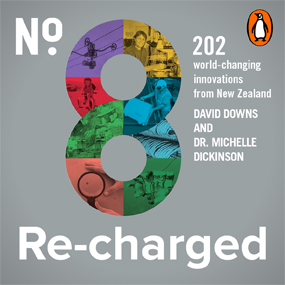NZ Wine Has Huge Potential in Japan
From sleepy New Zealand hillsides to sleek Tokyo dining scenes, a bottle of Hawke’s Bay wine shipped to Japan traces an arc that exporters like Sileni Estates’ CEO Nigel Avery see as an avenue for multi-million dollar growth built on a free trade pact.
Avery’s Sileni Estates hopes to gain as the two countries are among a group of 11 ringing the Pacific Ocean that have carved out a tariff-busting deal, just as the United States and China remain enmeshed in trade disputes and business in Europe is racked by Brexit.
Even without the United States, pulled out of the accord by President Donald Trump, the Comprehensive and Progressive Agreement for Trans-Pacific Partnership (CPTPP) covers an area that houses more than a tenth of the world economy. That opens tantalising prospects for niche industries like Malaysian rubber, Australian beef and New Zealand’s wine trade, now coveting affluent drinkers in Japan.
Tokyo began cutting its 15 per cent import tariff on New Zealand wine on 30 December, with full elimination set for 2025. But to boost growing if tiny sales in what the US Department of Agriculture estimates is a US$1.6 billion import business, New Zealand producers may have to invest heavily in promotions to beat dominant European players, importers in Japan say.
At Sileni, which says it’s among the top ten New Zealand producers by volume, Avery is convinced of the potential to boost sales.
“As the [Japanese] market matures – because they are heavily ‘Old World’ consumption – they start to become a bit more explorative, they’ll stumble across New Zealand for sure and once people stumble across our wines they really like them,” said Avery, chief executive of his family’s business since 2016.
Exports of New Zealand wine to Japan are small – but steadily increasing amid growing demand in the restaurant trade. Sales of what wine writer Curtis Marsh has called “honest wines that over-deliver in price-quality rapport” have almost doubled in Japan in the last nine years, to NZ$14 million (US$9.61 million), according to industry body New Zealand Winegrowers, compared with US shipments of more that NZ$500 million.
Starting from scratch around 2003, Sileni has made Japan its second-biggest overseas market after the United States, where Avery, a former Olympic weightlifter, headed up business before taking over from his father.
Without disclosing sales volumes, Avery said that unlike many other markets that favour New Zealand sauvigon blancs and pinot noirs, Japanese consumers had diversified taste: Sileni sent about 15 different types of wines there, he said.
Most of the New Zealand wine sold in Japan isn’t on supermarket or convenience store shelves: It features on menus in high-end restaurants in Japan, seen by customers as offering a comparatively cheaper but good quality alternative to luxury French brands.
Zero tariffs for New Zealand wines could in some cases mean a cheaper price point. For others, it may boost profits which can be poured back into marketing, for example in tie-ins with Japan’s hosting of the 2019 Rugby World Cup, where New Zealand’s team will start among the favourites to win.
Original article by Charlotte Greenfield and Leika Kihara, Reuters, The New York Times, December 19, 2018.














